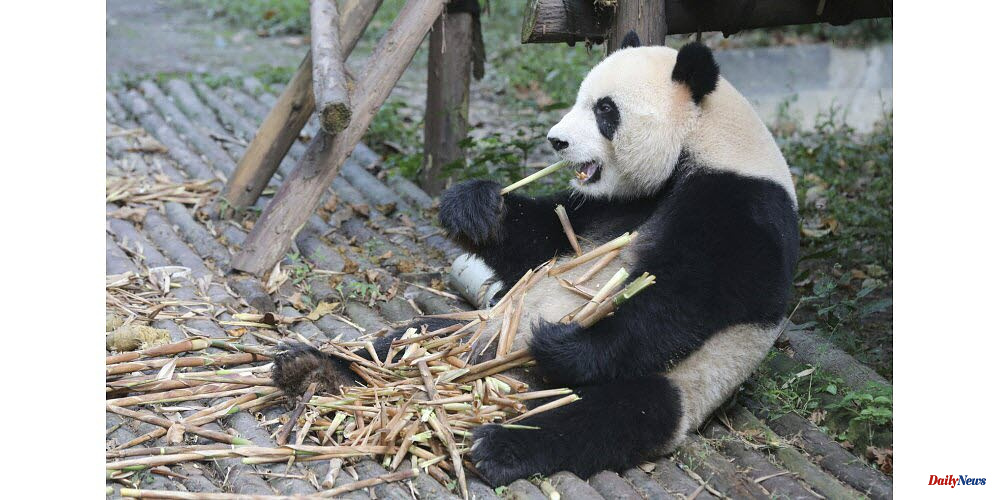How did the panda turn into a vegetarian? It was difficult to know until recently. Researchers were able to unravel the mystery surrounding the sixth thumb of the panda's ancestor in China after discovering fossils. This allowed them to allow the animal to keep the bamboo stalks that make up the bulk of their diet.
These fossils are approximately six million years old and were found in Yunnan, southwestern China. One of them is the radial sesamoid, a large wrist bone.
Researchers pointed out that this is the oldest evidence of a sixth finger in the giant panda. It allows the giant panda to grab and break thick bamboo stalks. Scientific Reports magazine. This fossil is a part of an extinct panda ancestor, Ailurarctos. He lived in China between six to eight million years ago.
Wang Xiaoming, curator of vertebrate paleontology at Los Angeles County Museum of Natural History said that the giant panda was "a rare case of large carnivore...became an herbivore." He said that the Ailurarctos false thumb shows (...) the evolutionary stage and probable timeline of bamboo feeding in pandas.
Although the existence of the false thumb was known for over a century by researchers, fossil evidence of the bone sheds light to many questions. These include how and when the extra finger evolved, which is not found in any other bears. Pandas switched from the protein-rich, omnivorous diet of their forefathers to the low-nutrient, year-round bamboo diet in southern China millions of years ago.
They can eat up to 15 hours per day, and an adult panda can eat 45 kg of bamboo each day. Giant pandas eat mostly vegetarians, but they are known to hunt small animals occasionally.












